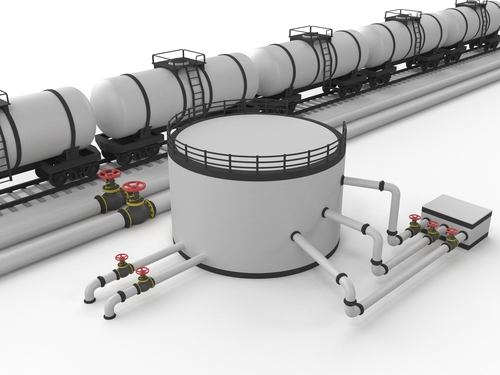Chemical Safety Key in EPA Settlement
 |
In 2012, the Environmental Protection Agency (EPA) inspected a Fall River, Massachusetts, chemical facility and found numerous “dangerous conditions” related to the company’s use, storage and handling of ammonia and chlorine. Although the chemicals are manufactured for beneficial use in disinfecting drinking water, wastewater, and swimming pools, they can also cause considerable adverse human health and environmental impacts when mismanaged.
According to the EPA, both ammonia and chlorine are severely corrosive to eyes, skin, and lungs. When inhaled even at low levels, chlorine can cause lung inflammation, fluid in the lungs, chest pain and vomiting; and ammonia can irritate the eyes, nose, and throat, leading to narrowing of the throat and respiratory distress if exposure is prolonged or increased. Contact with ammonia can also cause corrosive skin burns. Under certain circumstances, ammonia can also explode, having catastrophic consequences such as occurred in 2013 when an explosion at a West, Texas, fertilizer plant storing ammonium nitrate and anhydrous ammonia killed 15 people.
Under CAA’s RMP rule, facilities that use regulated substances listed under 40 CFR 68.130 in quantities above specified threshold levels are required to develop an RMP that must be revised and resubmitted every 5 years. The General Duty Clause requires that owners/operators of facilities with extremely hazardous substances have a general duty to manage the chemicals safely and to “identify hazards which may result from (such) releases using appropriate hazard assessment techniques, to design and maintain a safe facility taking such steps as are necessary to prevent releases, and to minimize the consequences of accidental releases which do occur.”
Forget expensive calls to lawyers and consultants. With Enviro.BLR.com, you get instant access, 24/7. Try it out today and get the 2015 EHS Salary Guide, absolutely free. Download Now.
Following the inspection, the EPA issued an Administrative Compliance Order in March 2014 and alleged the company violated the following CAA provisions:
- Failing to prepare and submit an RMP that included all covered ammonia and chlorine processes at the facility;
- Failing to comply with process safety information and operating procedure requirements related to the use, storage, and handling of ammonia and chlorine, and
- Failing to comply with the CAA General Duty Clause by storing incompatible chemicals too close together and creating the potential for a violent chemical reaction between the chemicals in the event of a spill or release that could potentially result in a toxic gas release, fire, or explosion.
Everything You Need for Environmental Compliance
Enviro.BLR.com puts everything you need at your fingertips, including practical RCRA, CAA, CWA, hazardous waste regulatory analysis and activity, news, and compliance tools. Try it at no cost or risk and get a FREE report.
Since 2012, the company has implemented a number of changes at the facility to become compliant with regulations and to minimize the risk of an accidental release of chemicals. These actions include:
- Updating the facility’s RMP to include all covered ammonia and chlorine processes at the facility (including rail car storage was not previously covered);
- Reducing the amount of hazardous chemicals on-site and totally eliminating the use of some hazardous chemicals;
- Restricting public access to the plant;
- Moving railcars of chemicals to storage areas that are more protected;
- Implementing design changes and work practices to reduce the likelihood of an accidental chemical release;
- Refurbishing tanks, piping, supports, and electrical equipment that had been compromised by severe corrosion;
- Separating incompatible chemicals inside the company’s warehouse facility; and
- Adding containment berms that are designed to limit the spread of potential spills.
In addition to the chemical safety improvements, the company also agreed to pay civil penalties of $114,118 to resolve EPA’s claims that the facility violated CAA requirements for preventing chemical releases.
